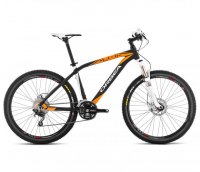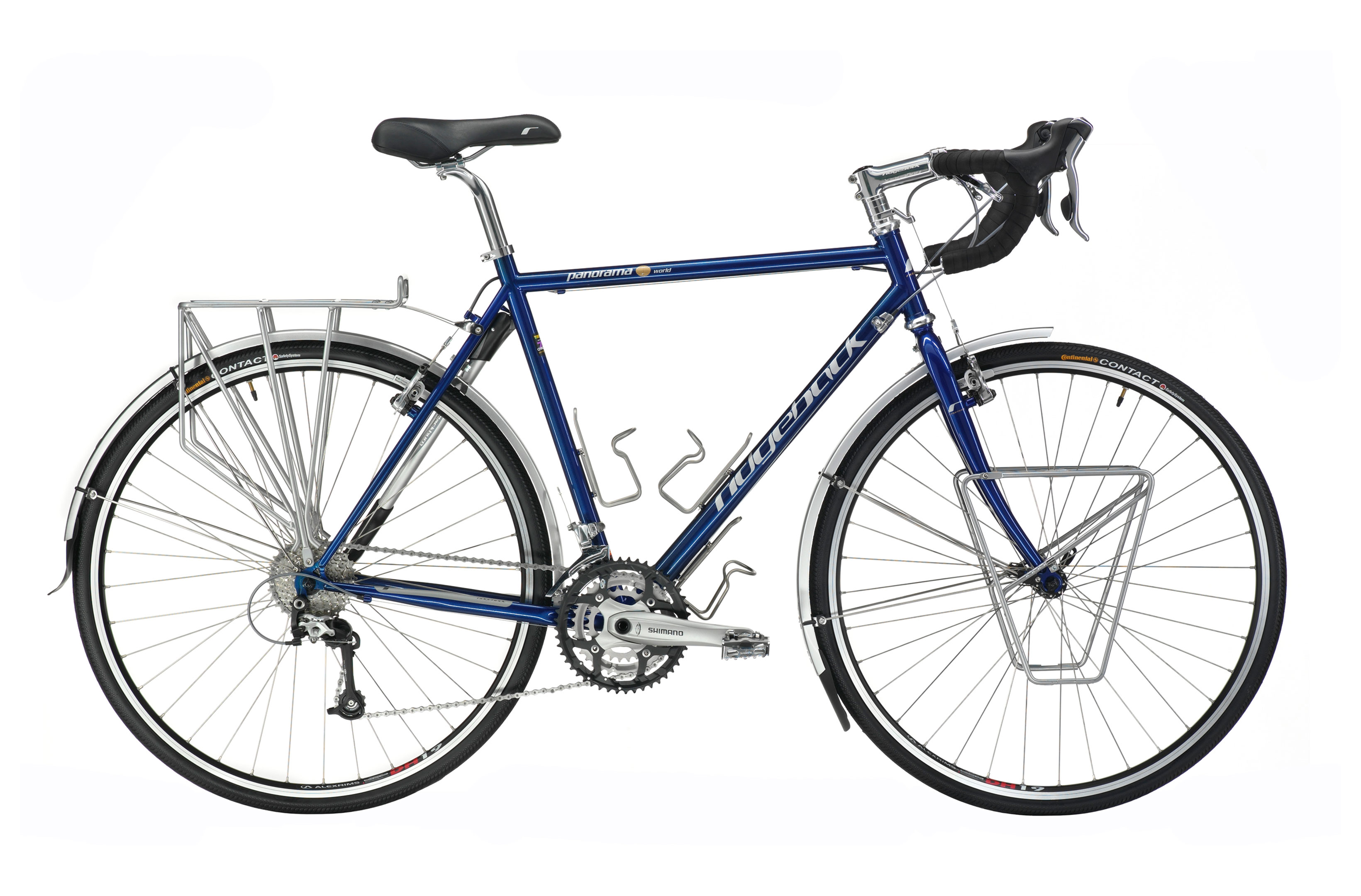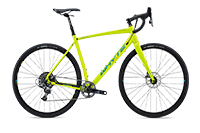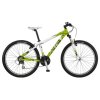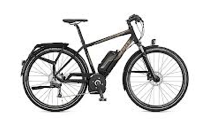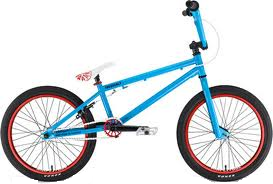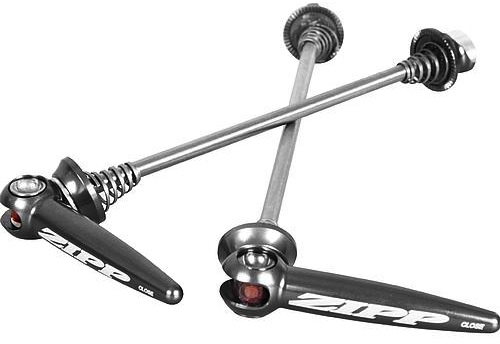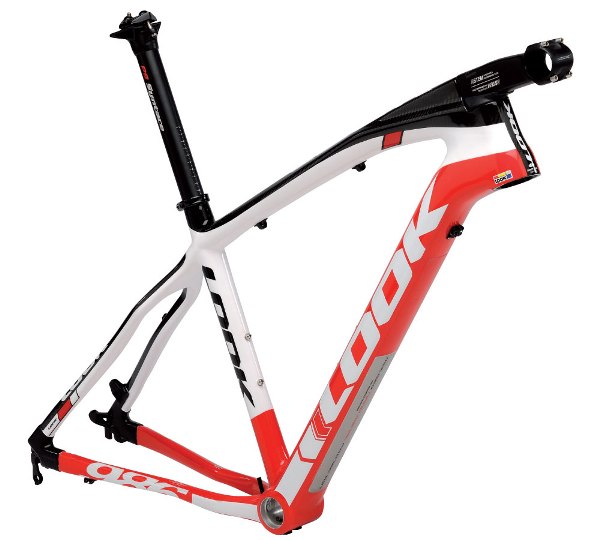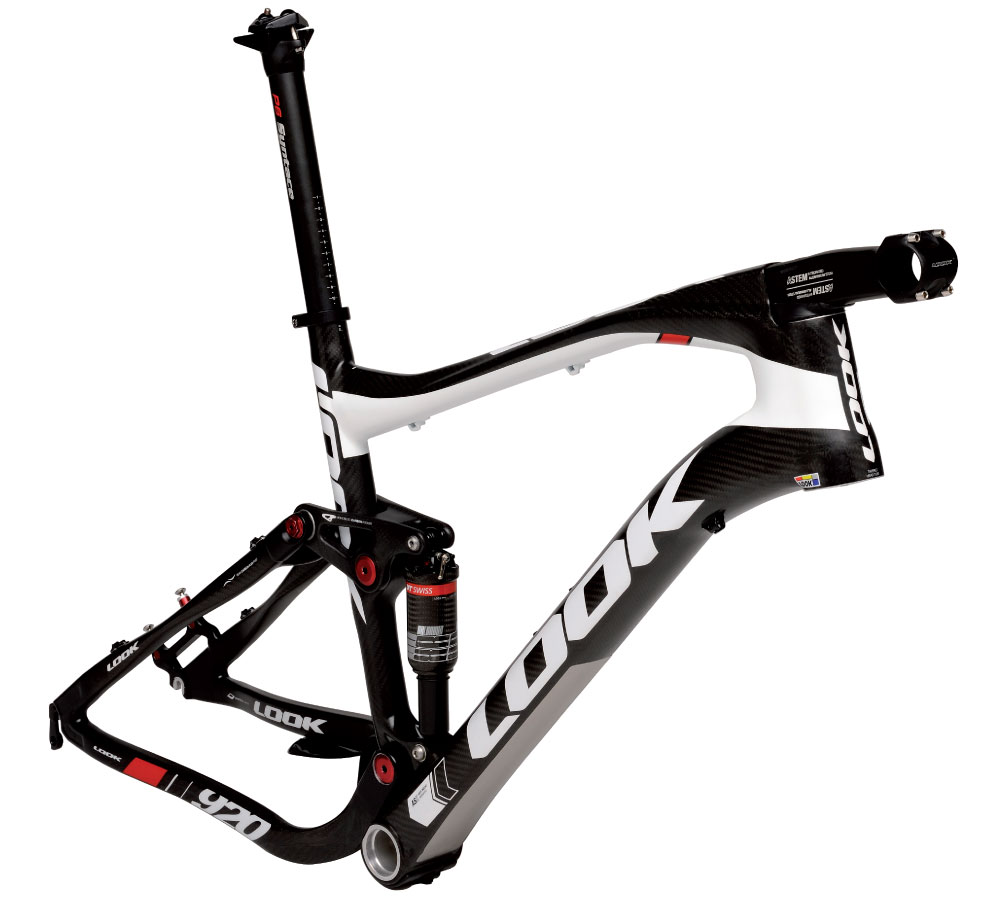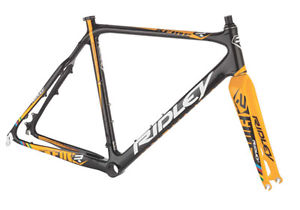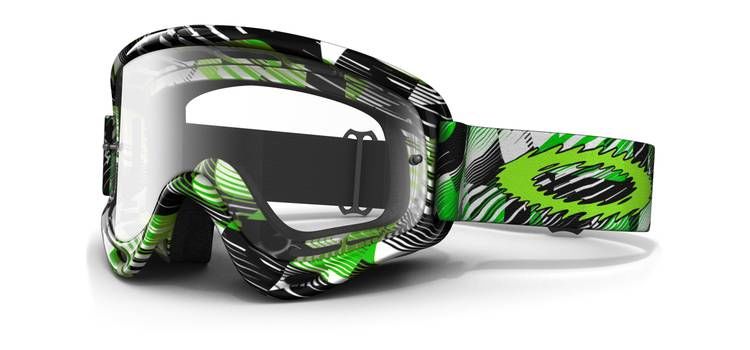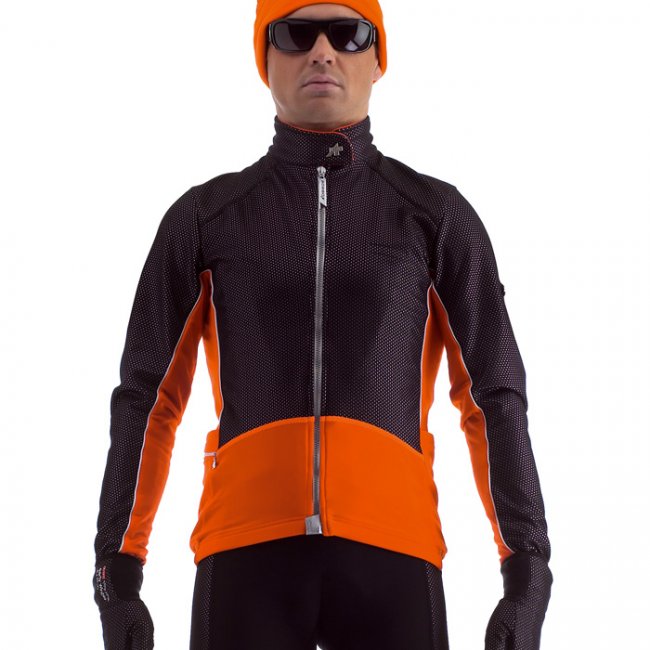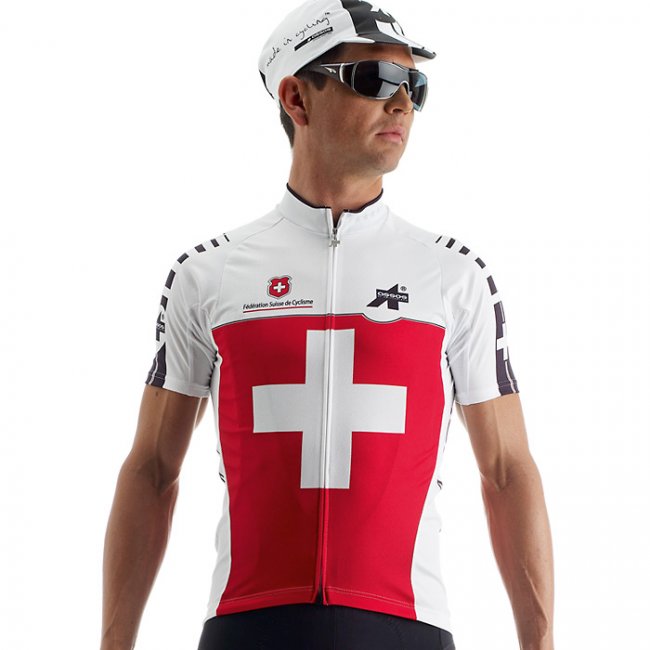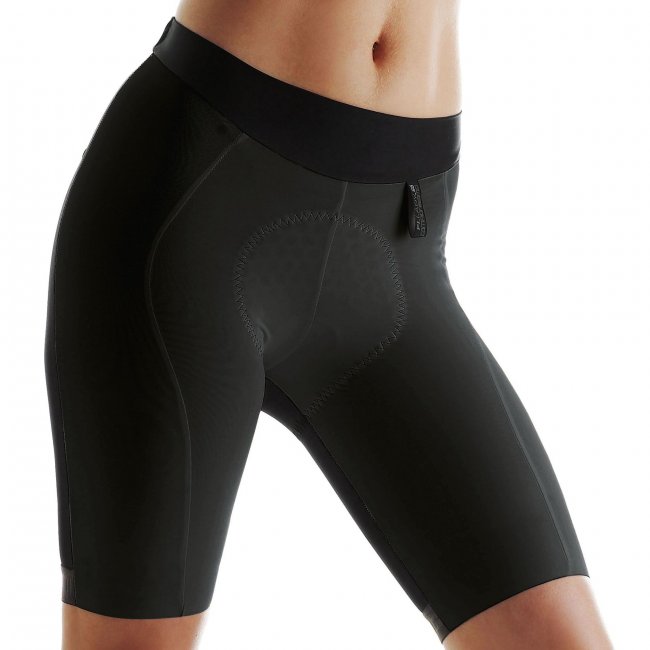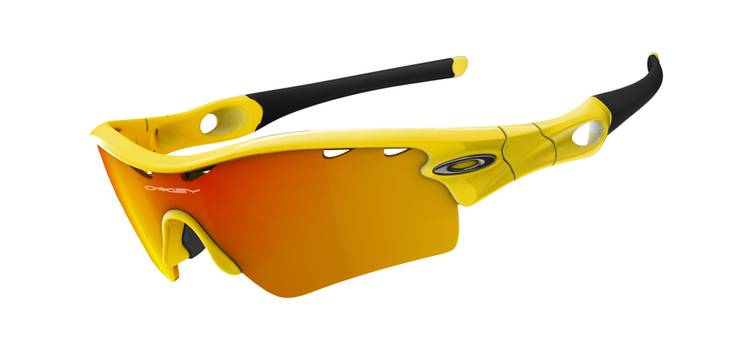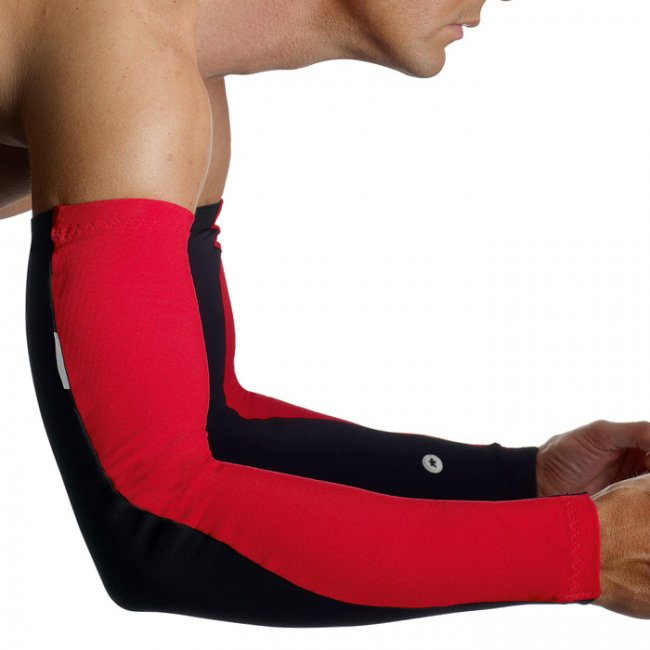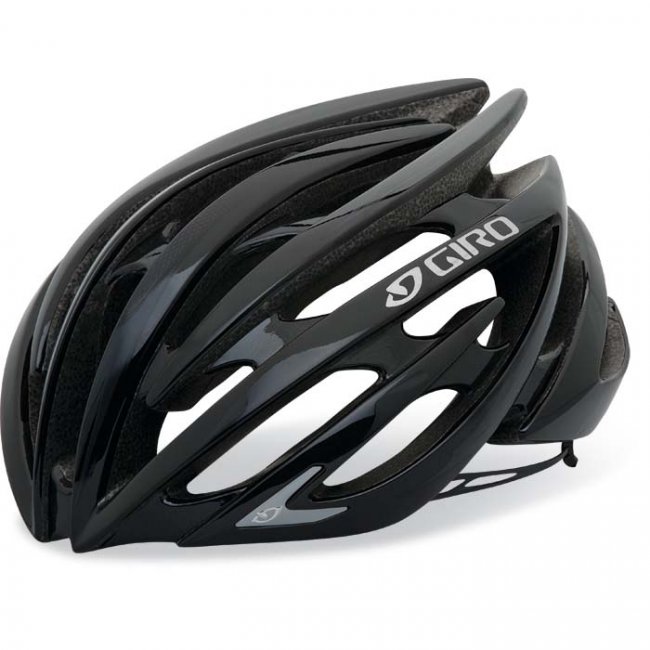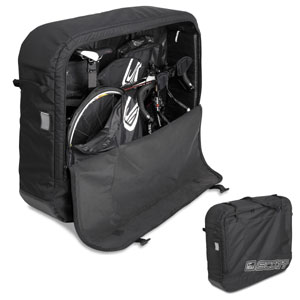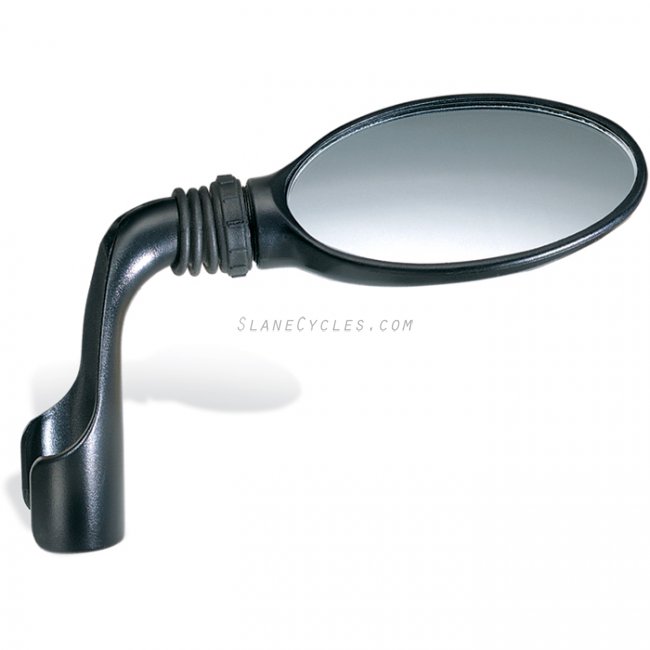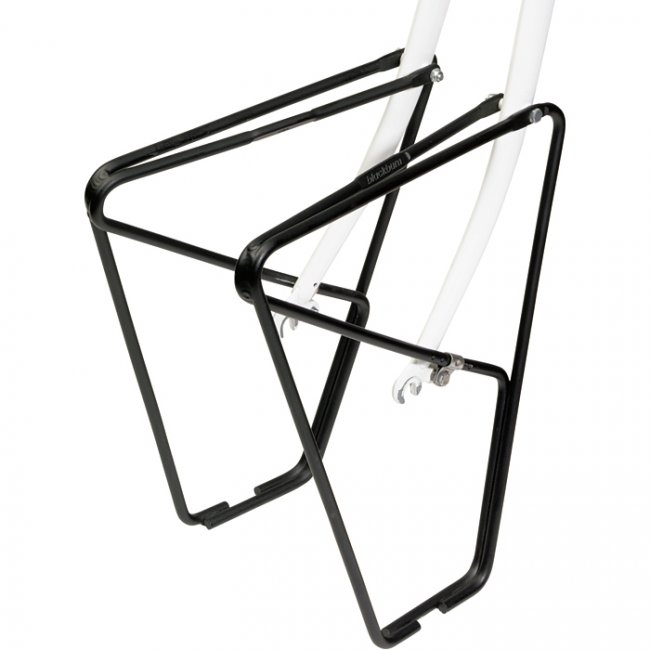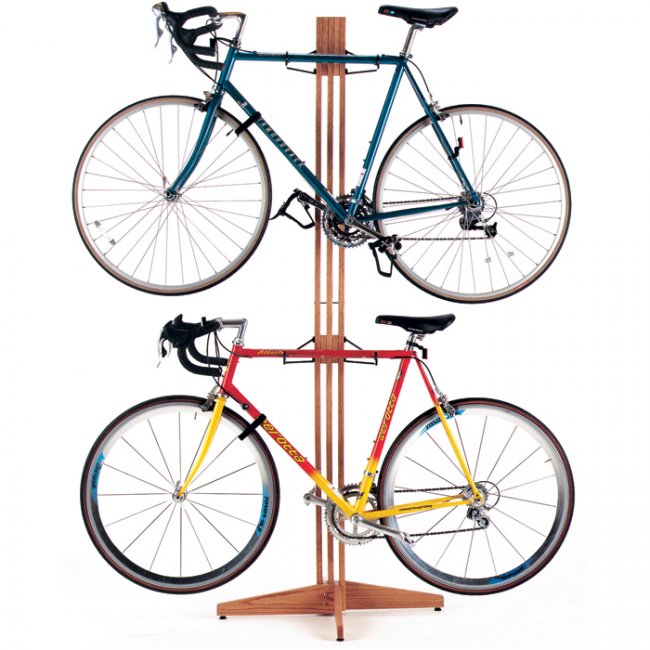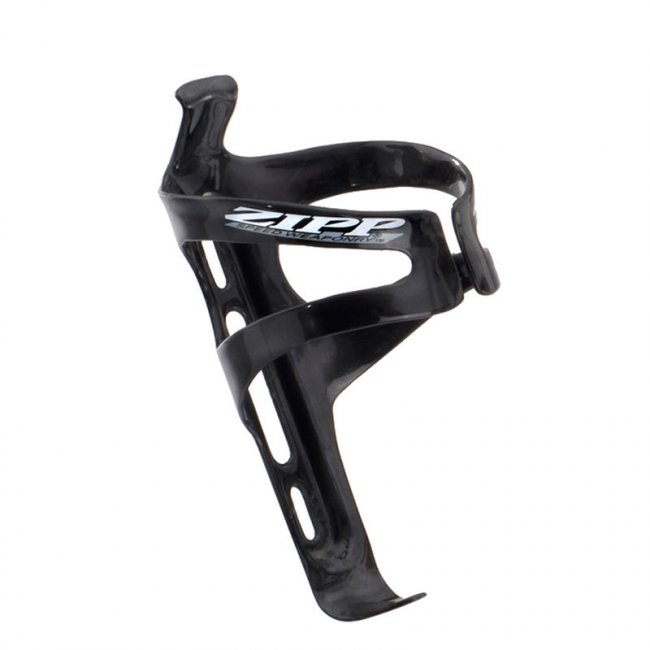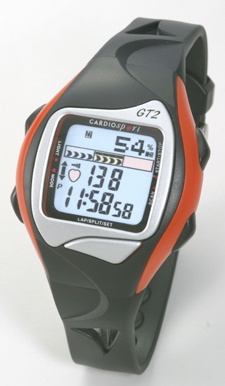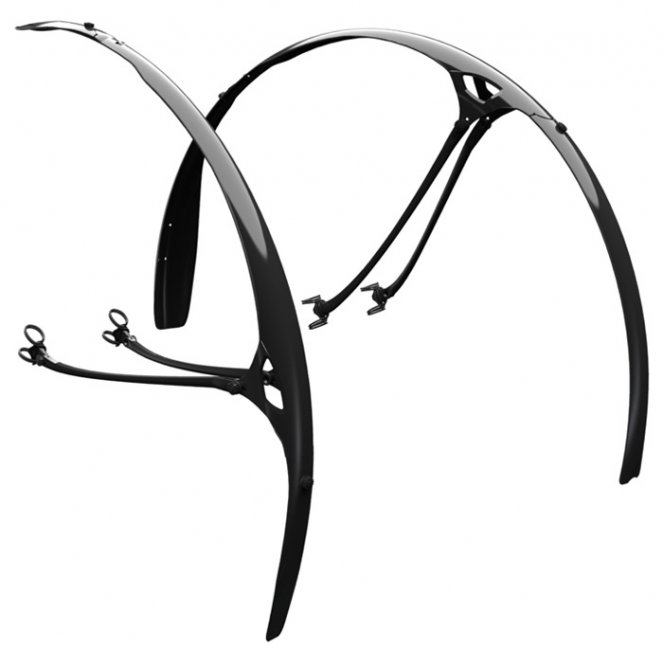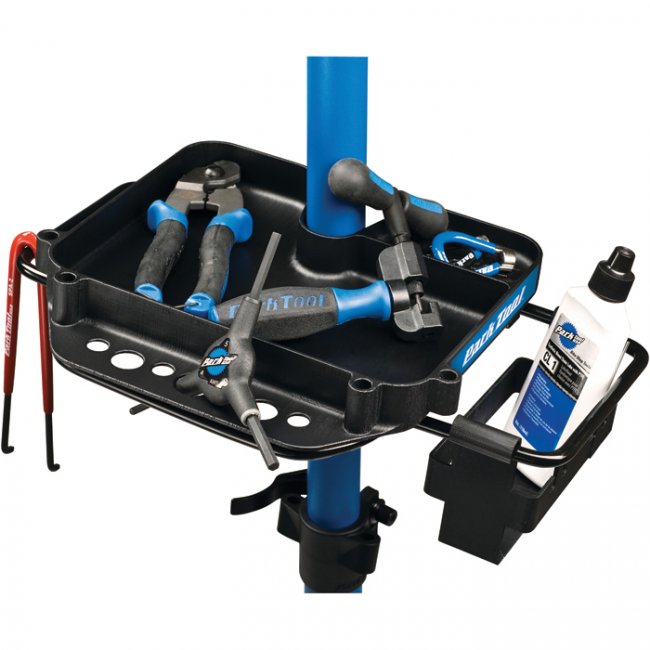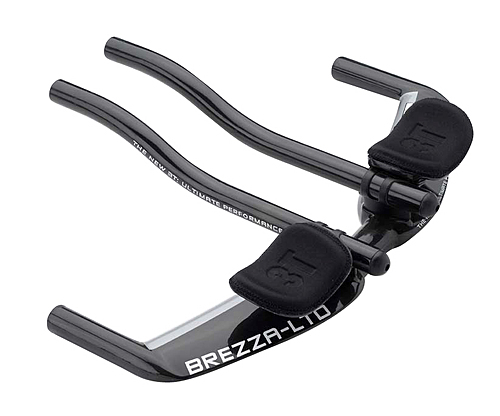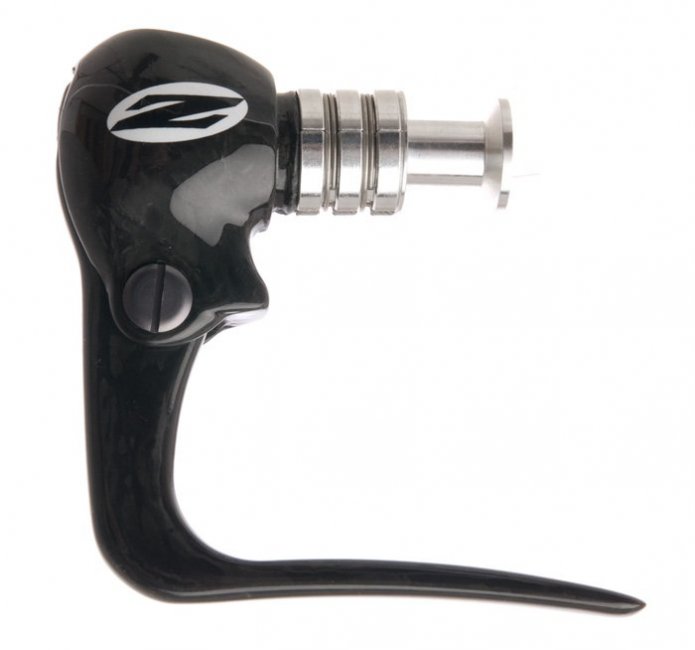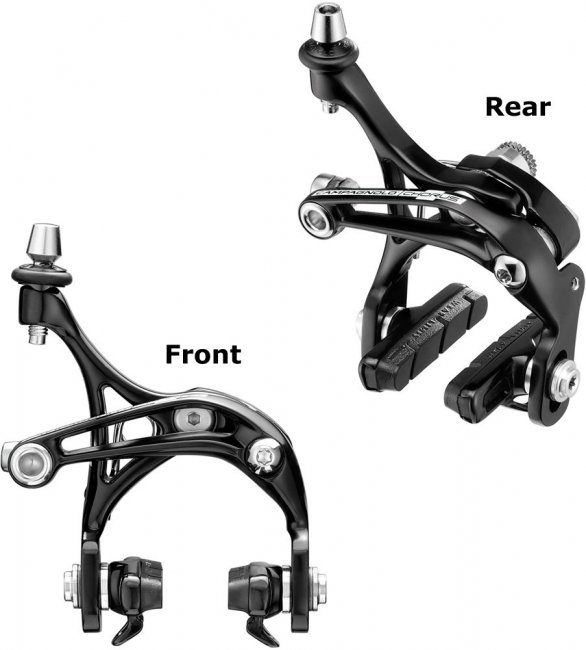Cervelo P3 Sizing
The most copied TT/Tri bike in history
OK, so this bike has won more than any other in history – by a country mile. But more importantly, it is the most used bike at Ironman racing and time trialing ever – by “regular” customers. No wonder it is still the reference for the entire bike industry, and the most copied bike in history. Yet its popularity remains, because the original is still unmatched. And in 2010, it is also available in an Ultegra version, so it is within reach of even more people.
Upgrades from P2
More aero seattube - The curved seattube covers more of the rearwheel than any other cutout, resulting in even better aerodynamics. More aero seatstay/seattube transition - The seatstays blend into the main triangle without any aerodynamic disruption in the form of a monostay, thereby further improving the aerodynamics. Cervelo Aero fork - The fork developed as part of the P4 project is now also available on the P3. Lighter - The P3 is 150g lighter than the P2.
Geometry
Cervélos fit better. In the end that is the main reason why they have become the most popular time trial & triathlon bike in history. Of course we have unparalleled aerodynamic know-how, and the frames offer great power transfer and handling. But the most important reason why people are comfortable and fast on Cervélos is that they fit properly.
Cervélo geometry offers two large benefits:
- It puts the handlebars and saddle in the right position relative to the bottom bracket very easily in its standard set-up, making it easy to find a fast and comfortable position.
- It offers a very wide range of positioning option thanks to the seatpost design and the different headtube lengths between the P1/P2 and the P3/P4. This allows our customers with a not-so-standard fit to take advantage of Cervélo’s superb aerodynamic and handling performance without any need to go custom.

75 Degree Seattube Angle (rear facing seatpost position)
| Size | Wheel Size | Head Tube Angle | BB Drop | Top Tube | Head Tube Length | Front Center | Rear Center | Stand Over Height | Stack | Reach |
|---|---|---|---|---|---|---|---|---|---|---|
| 48 | 650c | 72° | 43 | 514 | 110 | 568 | 368 | 716 | 461 | 389 |
| 51 | 700c | 72.5° | 60 | 535 | 90 | 586 | 380 | 746 | 482 | 405 |
| 54 | 700c | 72.5° | 60 | 557 | 105 | 609 | 380 | 762 | 498 | 419 |
| 56 | 700c | 72.5° | 60 | 573 | 125 | 626 | 380 | 780 | 516 | 433 |
| 58 | 700c | 72.5° | 60 | 589 | 145 | 643 | 380 | 799 | 535 | 445 |
| 61 | 700c | 72.5° | 60 | 604 | 175 | 659 | 380 | 828 | 564 | 454 |
| Note 1: | The above headtube lengths are for integrated headsets. To compare to non-integrated headtubes, deduct 20mm from the above lengths to adjust for the stack height needed for non-integrated headsets. |
| Note 2: | All our TT/tri bikes have a dropped toptube and shortened headtube to enable the rider to position the aerobars low enough for a proper aero position. This means that the frame size is no longer equivalent to the seattube length, so don't determine the size that way. Simply go by the size sticker, or measure the headtube and look it up in the above chart. |
78 Degree Seattube Angle (forward facing seatpost position)
| Size | Wheel Size | Head Tube Angle | BB Drop | Top Tube | Head Tube Length | Front Center | Rear Center | Stand Over Height | Stack | Reach |
|---|---|---|---|---|---|---|---|---|---|---|
| 48 | 650c | 72° | 43 | 490 | 110 | 568 | 368 | 716 | 461 | 389 |
| 51 | 700c | 72.5° | 60 | 510 | 90 | 586 | 380 | 746 | 482 | 405 |
| 54 | 700c | 72.5° | 60 | 530 | 105 | 609 | 380 | 762 | 498 | 419 |
| 56 | 700c | 72.5° | 60 | 545 | 125 | 626 | 380 | 780 | 516 | 433 |
| 58 | 700c | 72.5° | 60 | 560 | 145 | 643 | 380 | 799 | 535 | 445 |
| 61 | 700c | 72.5° | 60 | 574 | 175 | 659 | 380 | 828 | 564 | 454 |
| Note 1: | The above headtube lengths are for integrated headsets. To compare to non-integrated headtubes, deduct 20mm from the above lengths to adjust for the stack height needed for non-integrated headsets. |
| Note 2: | All our TT/tri bikes have a dropped toptube and shortened headtube to enable the rider to position the aerobars low enough for a proper aero position. This means that the frame size is no longer equivalent to the seattube length, so don't determine the size that way. Simply go by the size sticker, or measure the headtube and look it up in the above chart. |



